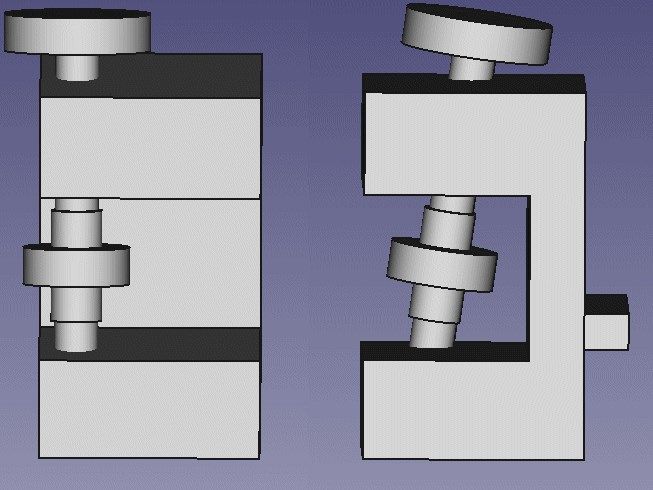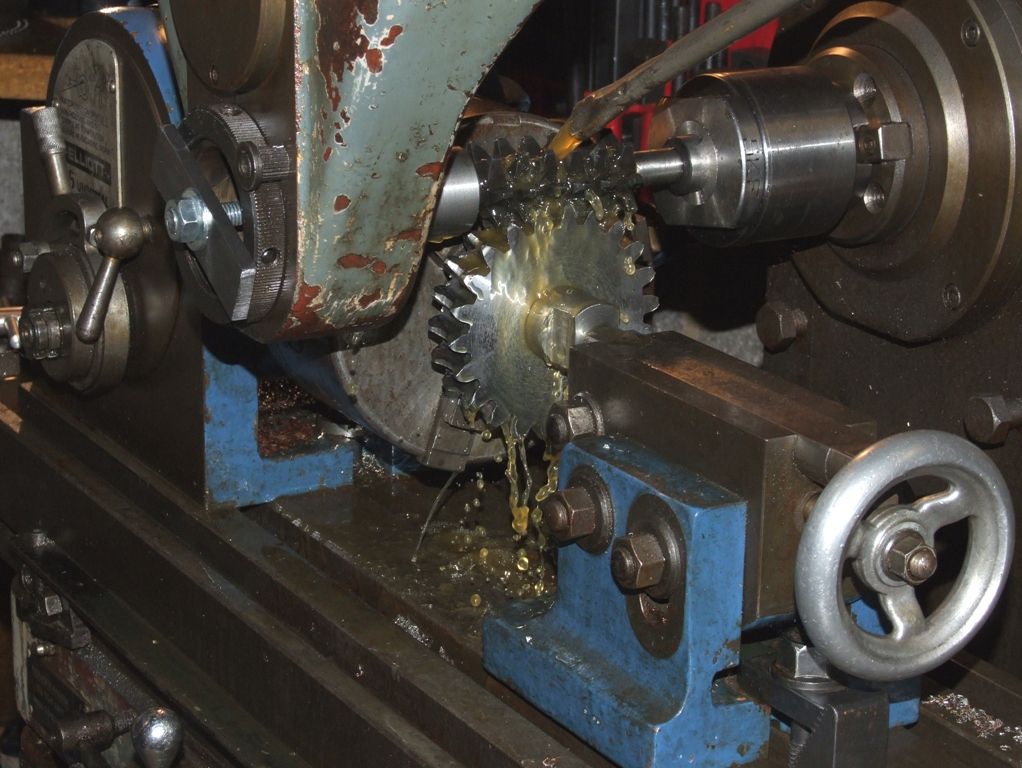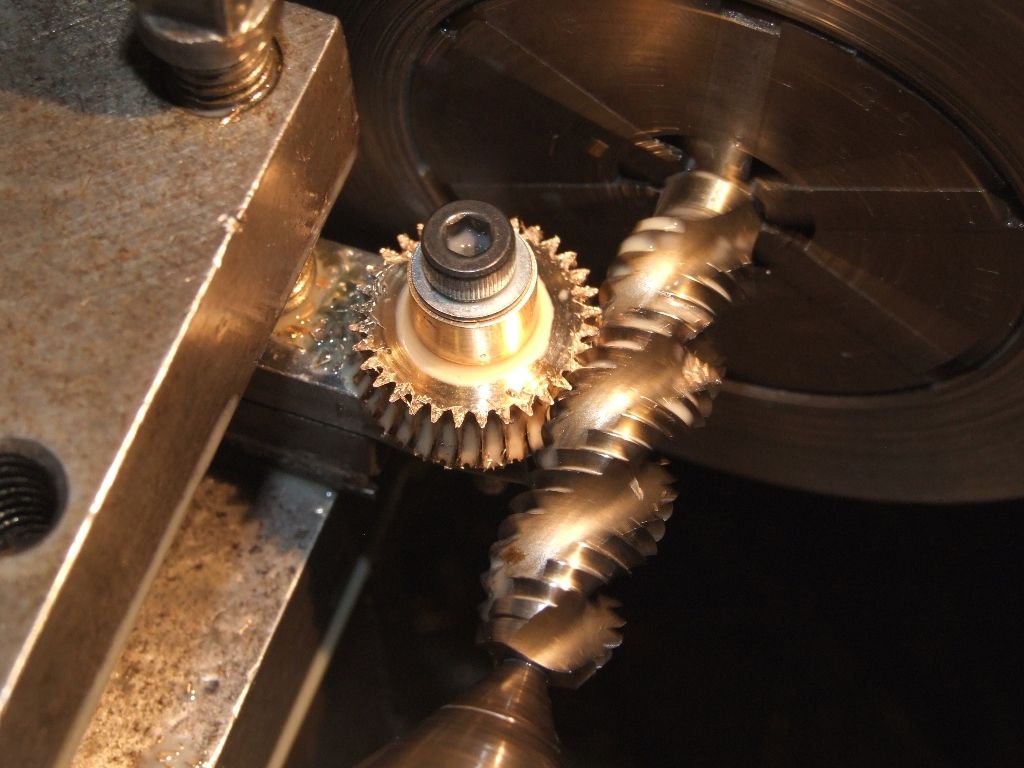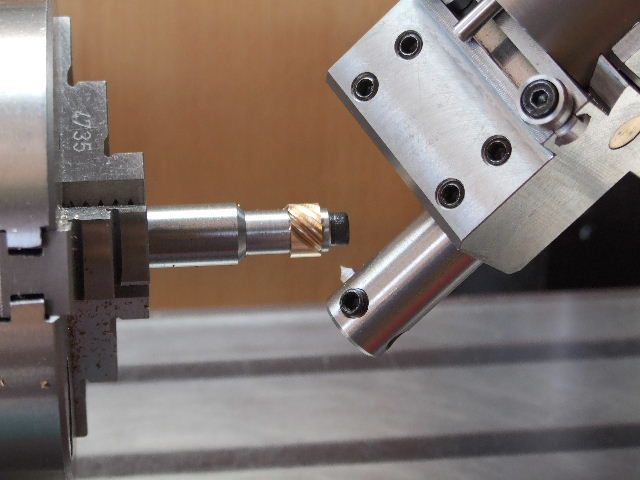A printed indexer is not going to be very accurate for gear cutting, unless you make it about 6 inches diameter or more.
A traditional alternative is to use another 20 tooth (or multiple of) gear attached to the other end of the shaft that the gear blank is mounted on. A simple plunger engaging between the teeth of the gear provides nice accurate indexing. Any sized gear of the right number of teeth (20, 40, 60 etc) will do the job. Lathe change gears are the common choice.
As it turns out you are looking at making a gear to mate with a worm on a low rpm, low power, infrequent use application, you can probably get away with using a spur gear rather than a hobbed worm. You just need to cut the teeth on the spur gear at the correct angle to match the worm. This will depend on the helix angle on the worm itself, which will depend on the diameter of the worm. For example, a 20DP worm of .750" diameter will have a helix angle of about 4.5 degrees.
So if the 20DP-compatable worm is meshed with a straight cut spur gear, the worm will have to be mounted at a 4.5 (approx) degree angle to get full depth of tooth engagement.
Or, alternatively, you can machine your spur gear in the conventional manner but with the blank mounted at a 4.5 degree angle to the cutter. This will cut a spur gear with the slightly angled teeth.
Another alternative is to simply use a straight cut gear and thin down the teeth on the worm to allow the 4.5 degrees or rotation to bring the worm back into staraight alignment.
Yes, these are bodges but will work on low power, low revolution, low useage applications. The worm on spur gear combination gives only point contact, whereas a properly cut wormwheel gives line contact so wears better in high load, continuous use applications.
As you have just bought a milling machine, you will obviously be coming up against more of this stuff as time progresses. I'd highly recommend you spend the small amount of cash needed to buy two books from the Workshop Practice series, "Gears and Gear Cutting" by Ivan Law and "Dividing" by Harold Hall. These are essential reading for getting started on this stuff. They are small, simply written, well illustrated books that contain most of what you will even need to know on the subject. They will enable you to get so much more out of your new milling machine.
George H Thomas's two books, "Model Engineers Workshop Manual" and "Workshop Techniques" are also a treasure trove of info on this stuff, but considerably more pricey.
Anonymous.













